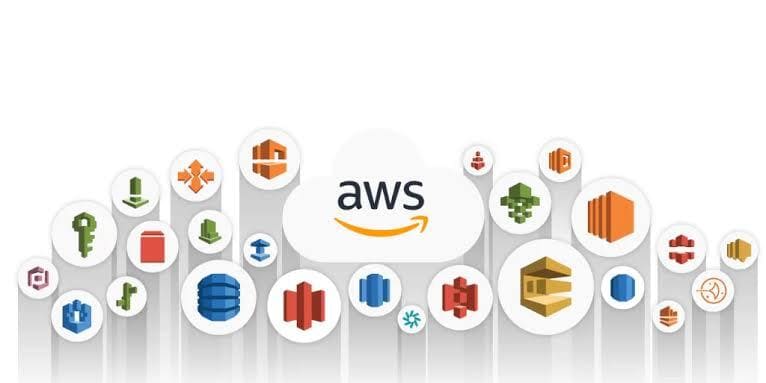
AWS Services You Should Know About in 2025:
- Amazon EC2 (Elastic Compute Cloud)
- Amazon S3 (Simple Storage Service)
- Amazon RDS (Relational Database Service)
- Amazon Lambda
- Amazon CloudFront
- Amazon DynamoDB
- Amazon SNS (Simple Notification Service)
- Amazon Elastic Load Balancing (ELB)
- Amazon SQS (Simple Queue Service)
- Amazon VPC (Virtual Private Cloud)
Amazon EC2 provides resizable compute capacity in the cloud. It allows you to launch virtual servers on-demand, scale your computing power, and only pay for what you use.
Examples: Netflix uses EC2 to manage its enormous computing demands for streaming content globally. Reddit also uses EC2 to handle its large-scale web traffic.
Amazon S3 is an object storage service that offers scalability, data availability, security, and performance for a wide variety of use cases, such as backup and restore, archiving, and content distribution.
Examples: Airbnb uses S3 to store images and videos for user listings. Dropbox uses S3 to store and synchronize files for its users.
Amazon RDS provides a fully managed relational database in the cloud. It supports multiple database engines, including MySQL, PostgreSQL, and Oracle, making it easy to set up, operate, and scale a relational database.
Examples: Pinterest relies on RDS for handling data in its relational databases. Spotify uses RDS to manage user data and music preferences.
Amazon Lambda is a serverless computing service that lets you run code without provisioning or managing servers. You only pay for the compute time you consume.
Examples: Coca-Cola uses Lambda for automating its internal processes. The New York Times uses Lambda to process web traffic events in real-time.
Amazon CloudFront is a fast content delivery network (CDN) that securely delivers data, videos, applications, and APIs to customers globally with low latency and high transfer speeds.
Examples: BBC uses CloudFront to deliver video content to a worldwide audience. Samsung uses CloudFront to serve dynamic content to users across the globe.
Amazon DynamoDB is a fully managed NoSQL database service that provides fast and predictable performance with seamless scalability. It is designed for applications that need consistent, single-digit millisecond latency at any scale.
Examples: Lyft uses DynamoDB to store ride request data. Samsung uses it to power real-time data needs in their mobile apps.
Amazon SNS is a fully managed messaging service for both application-to-application (A2A) and application-to-person (A2P) communication. It supports SMS, email, and push notifications.
Examples: Major retailers like eBay use SNS for real-time notifications on orders and sales. NASA uses SNS to send updates for satellite monitoring systems.
Amazon ELB automatically distributes incoming application traffic across multiple targets, such as Amazon EC2 instances, containers, and IP addresses, ensuring high availability and fault tolerance.
Examples: Pinterest uses ELB to handle its high-volume web traffic. GitHub uses it to balance the load between multiple servers supporting their vast user base.
Amazon SQS is a fully managed message queuing service that allows you to decouple and scale microservices, distributed systems, and serverless applications.
Examples: Netflix uses SQS to manage the communication between distributed systems. Slack uses SQS to handle message queuing for real-time messaging across devices.
Amazon VPC allows you to provision a logically isolated network that you define and control, with complete control over your virtual networking environment.
Examples: Airbnb uses VPC to manage its cloud infrastructure securely. Comcast uses VPC to isolate critical internal services and manage traffic between its data centers.
